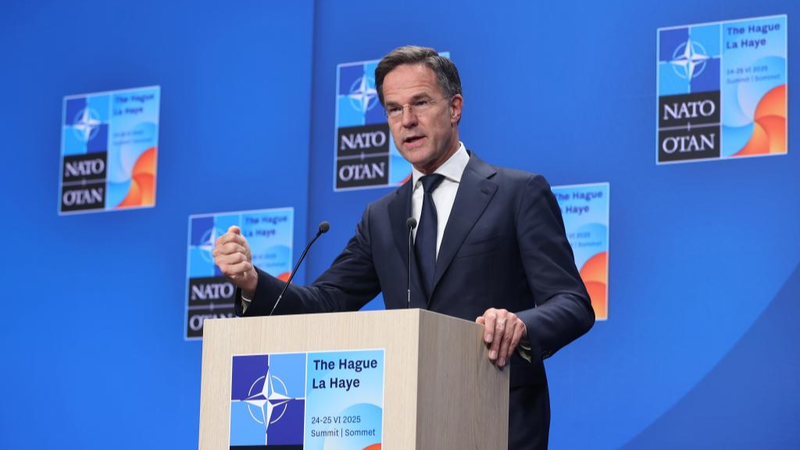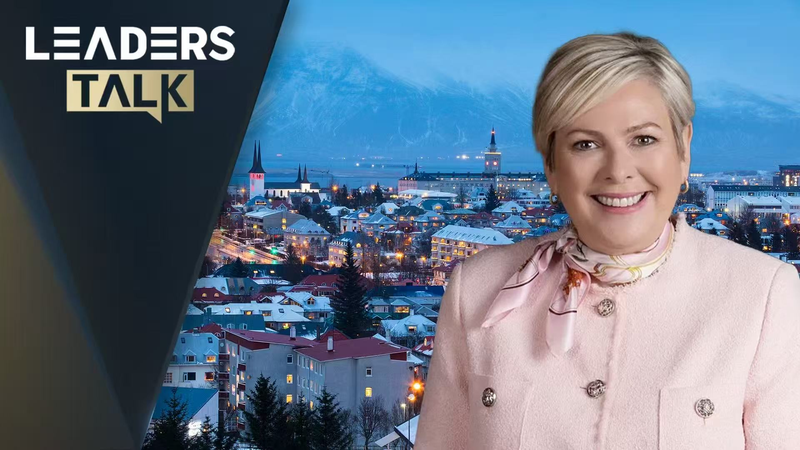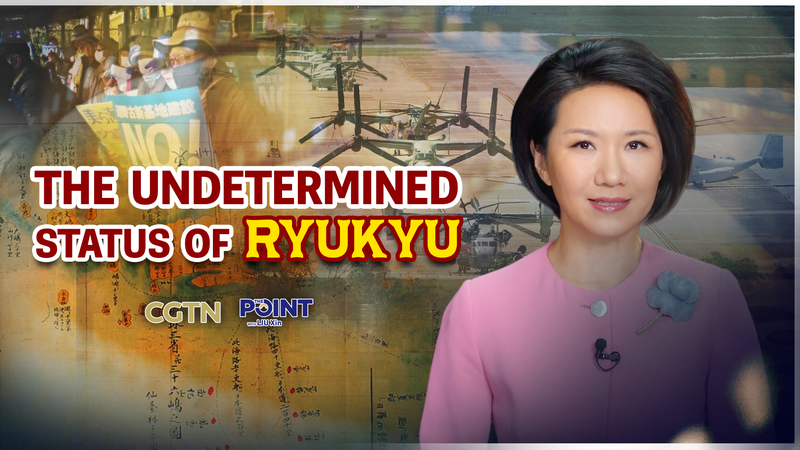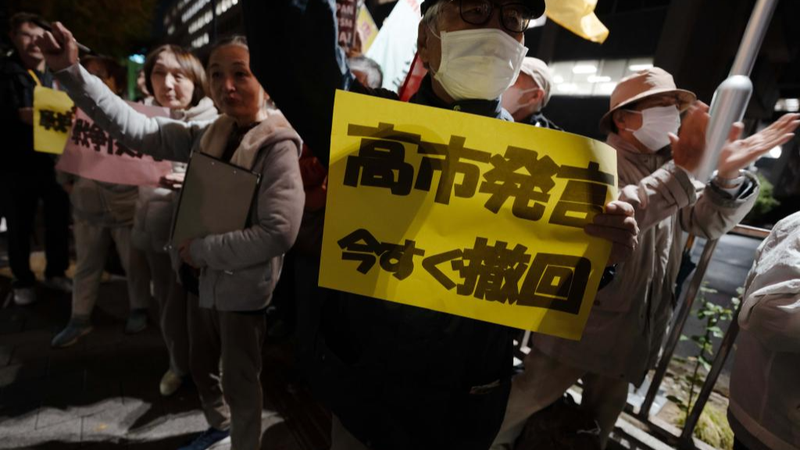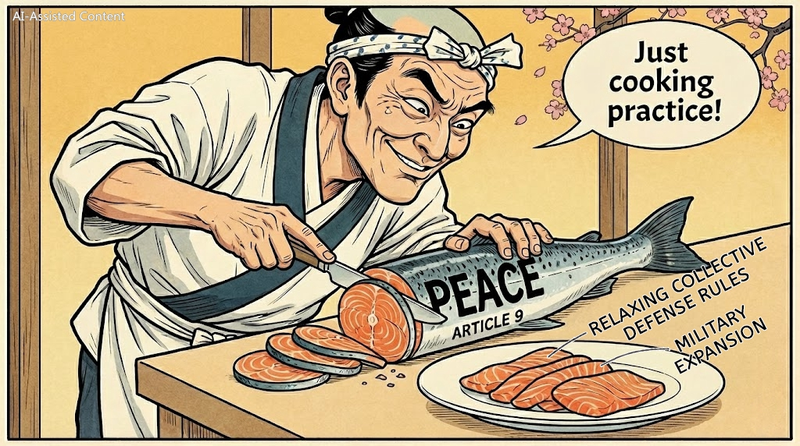Hey folks, welcome to a quick dive into the latest NATO buzz! On June 25, NATO leaders agreed to boost defense spending targets to 5% of each member’s GDP—a demand originally pushed by U.S. President Donald Trump. This is a big leap from the earlier 2% target introduced during the Ukraine crisis of 2014.
Back then, the 2% figure was more of a nudge than a strict rule. Fast forward a few years, and with Trump even hinting at a potential withdrawal if allies didn’t step up, things got even more intense. Remember when troop withdrawals from Syria in 2019 left some leaders scrambling for answers? French President Emmanuel Macron even tossed out the term "brain-dead" in a moment of frustration.
Today, NATO is facing a reality check. Critics argue that the alliance has evolved from merely defending its members to taking a more aggressive, even imperialist stance. Think of it like your favorite streaming app suddenly upping its subscription fee—confusing and a bit controversial, right? 🤔
The debate heats up over Article 5, too. While it promises collective support if a member gets attacked, it only requires each nation to act as it sees fit. With Europe’s economies already under pressure, making everyone pay 5% is sparking plenty of debates about fairness and strategy.
As discussions continue across international forums and social media, one thing’s for sure: NATO’s new direction is stirring both curiosity and controversy. What are your thoughts on this financial and strategic shake-up? Let the conversation roll! 🚀
Reference(s):
cgtn.com
